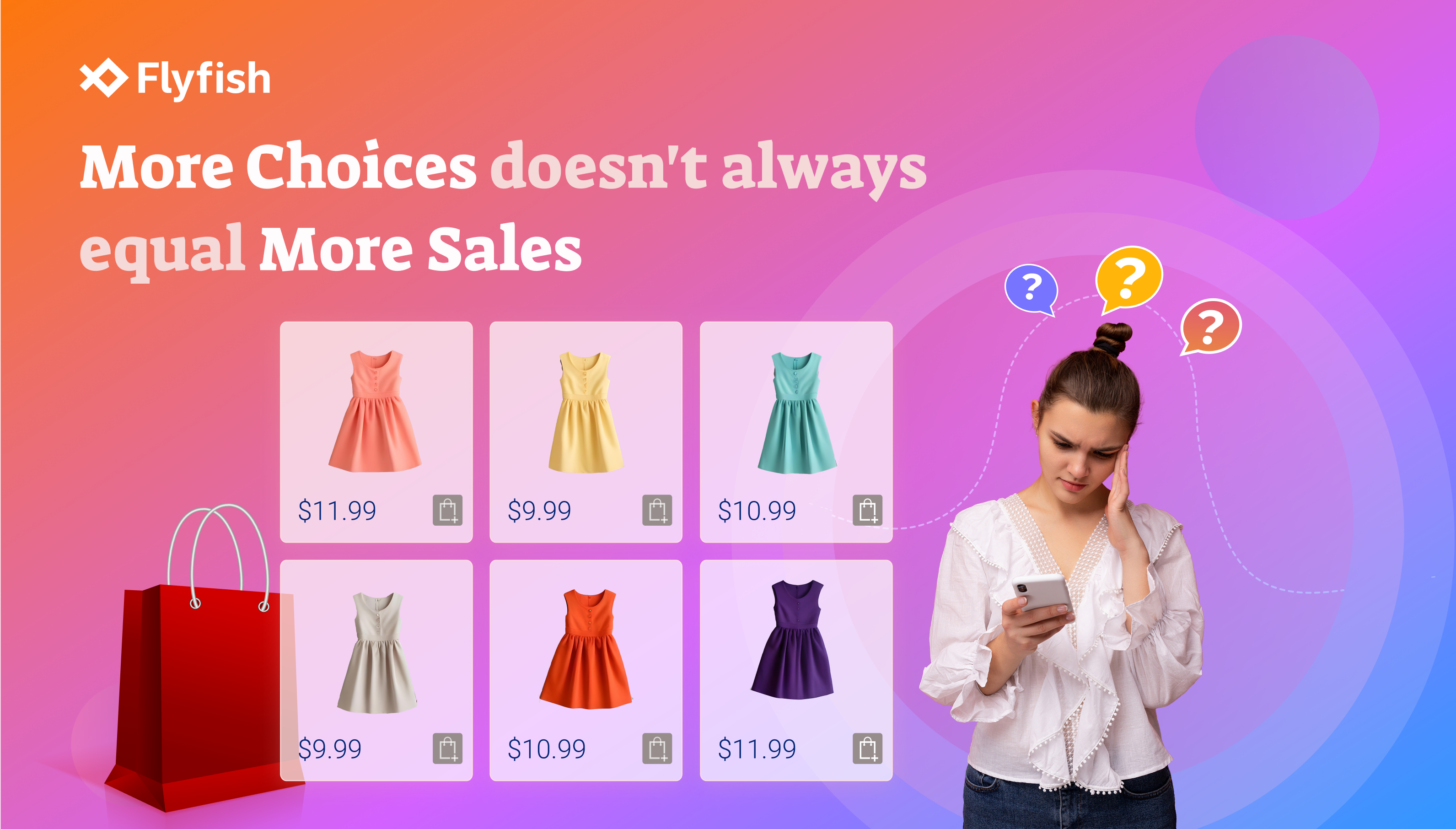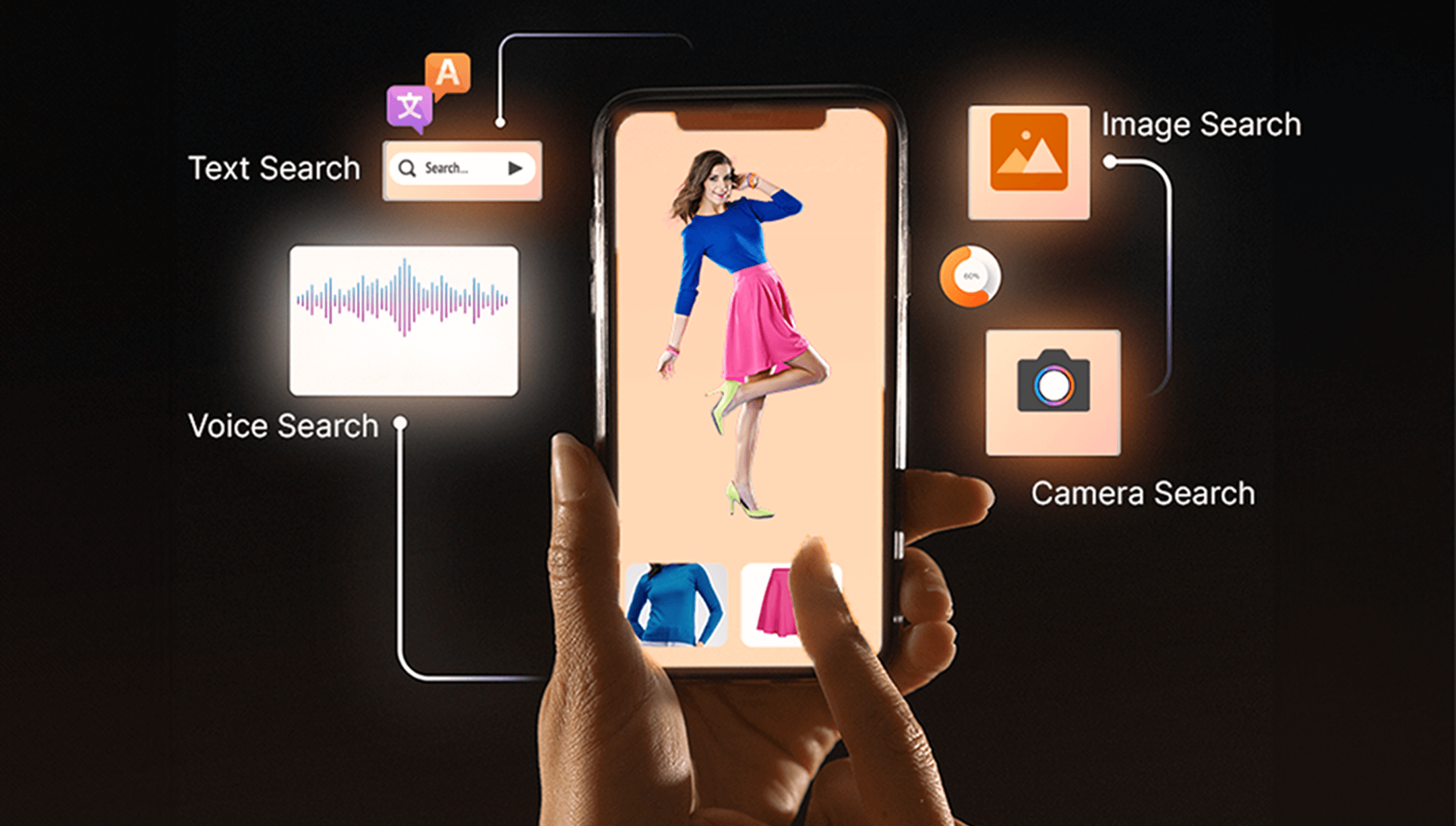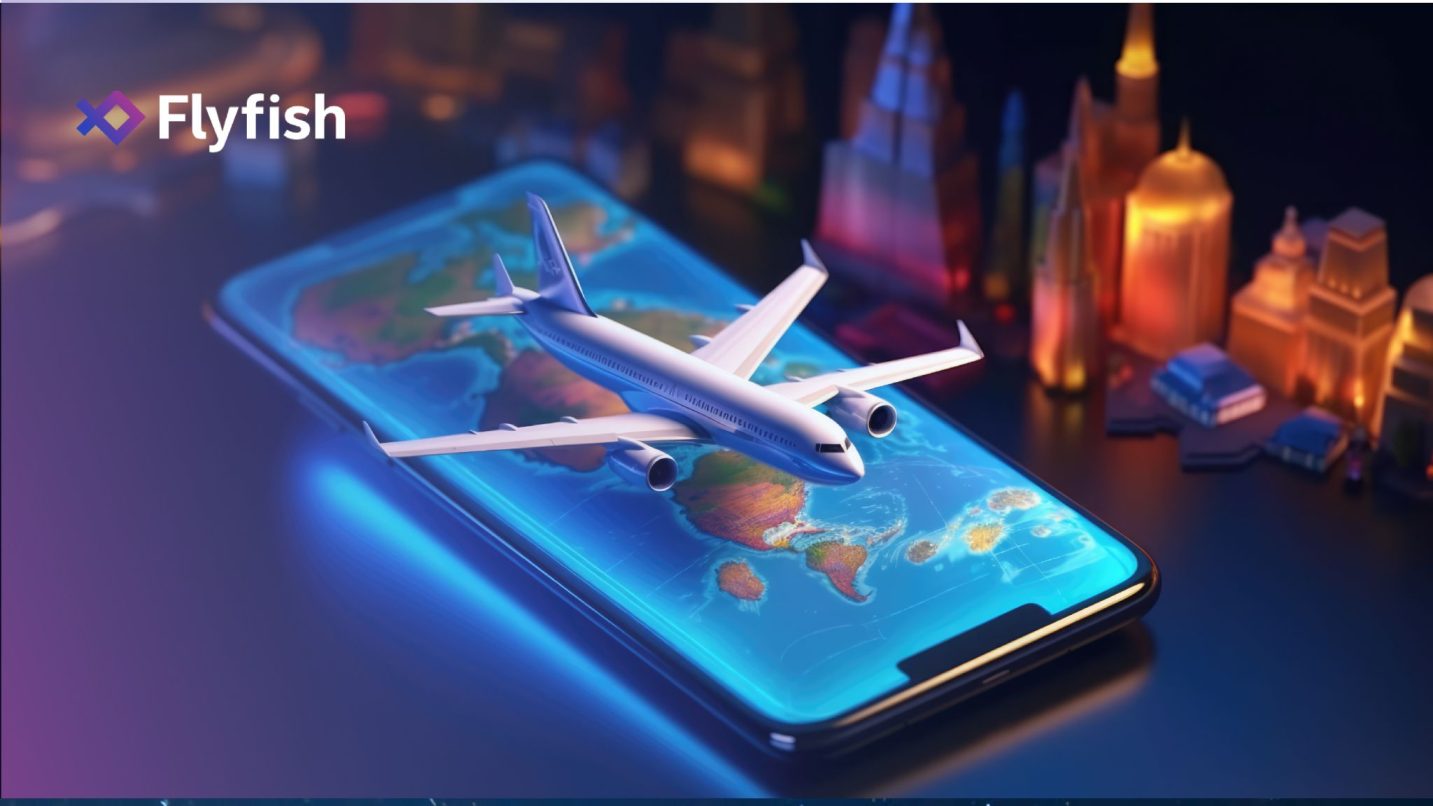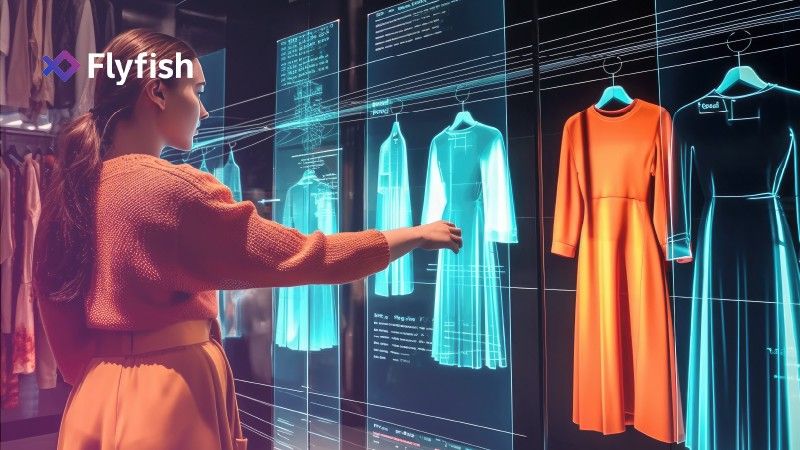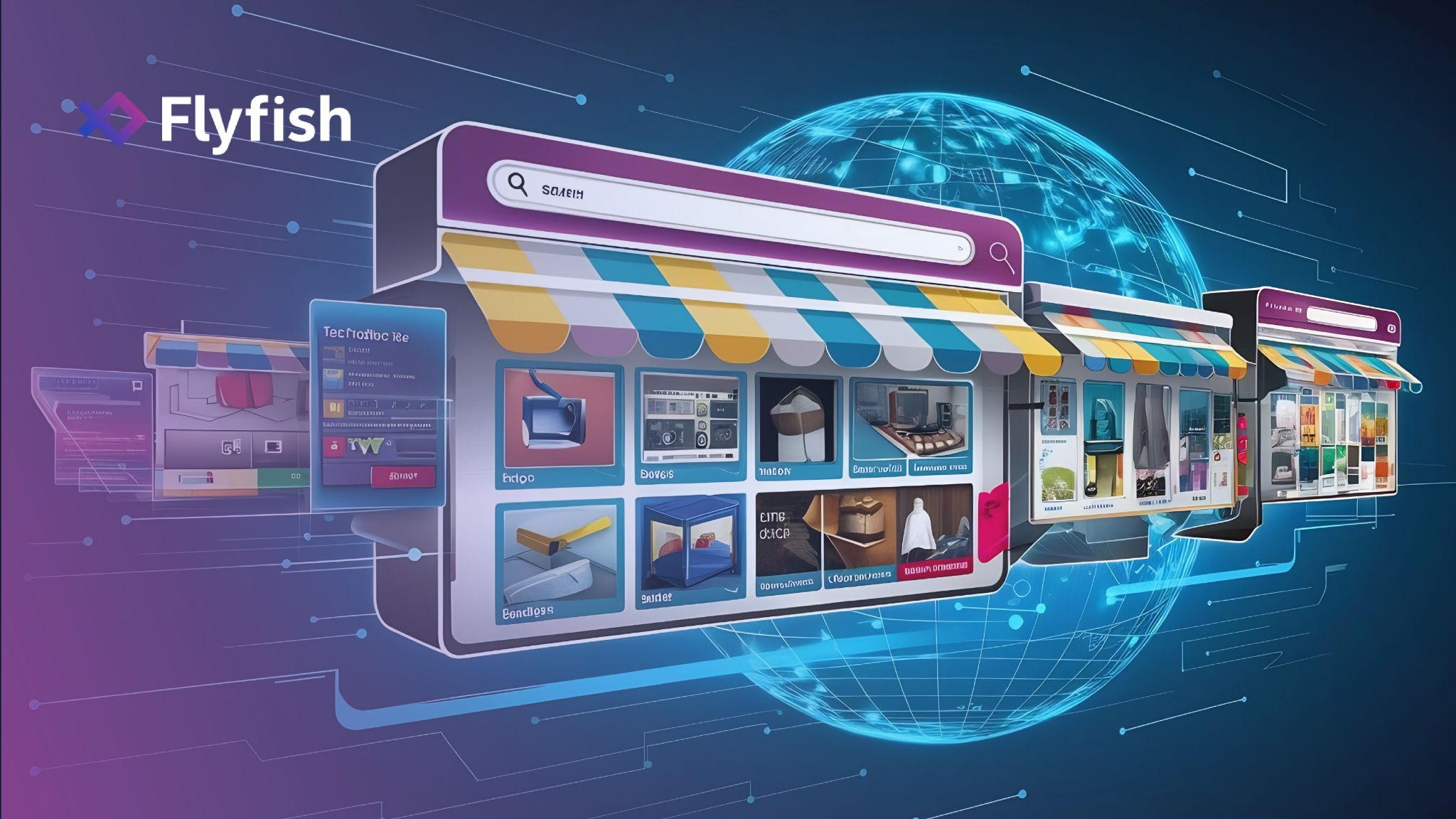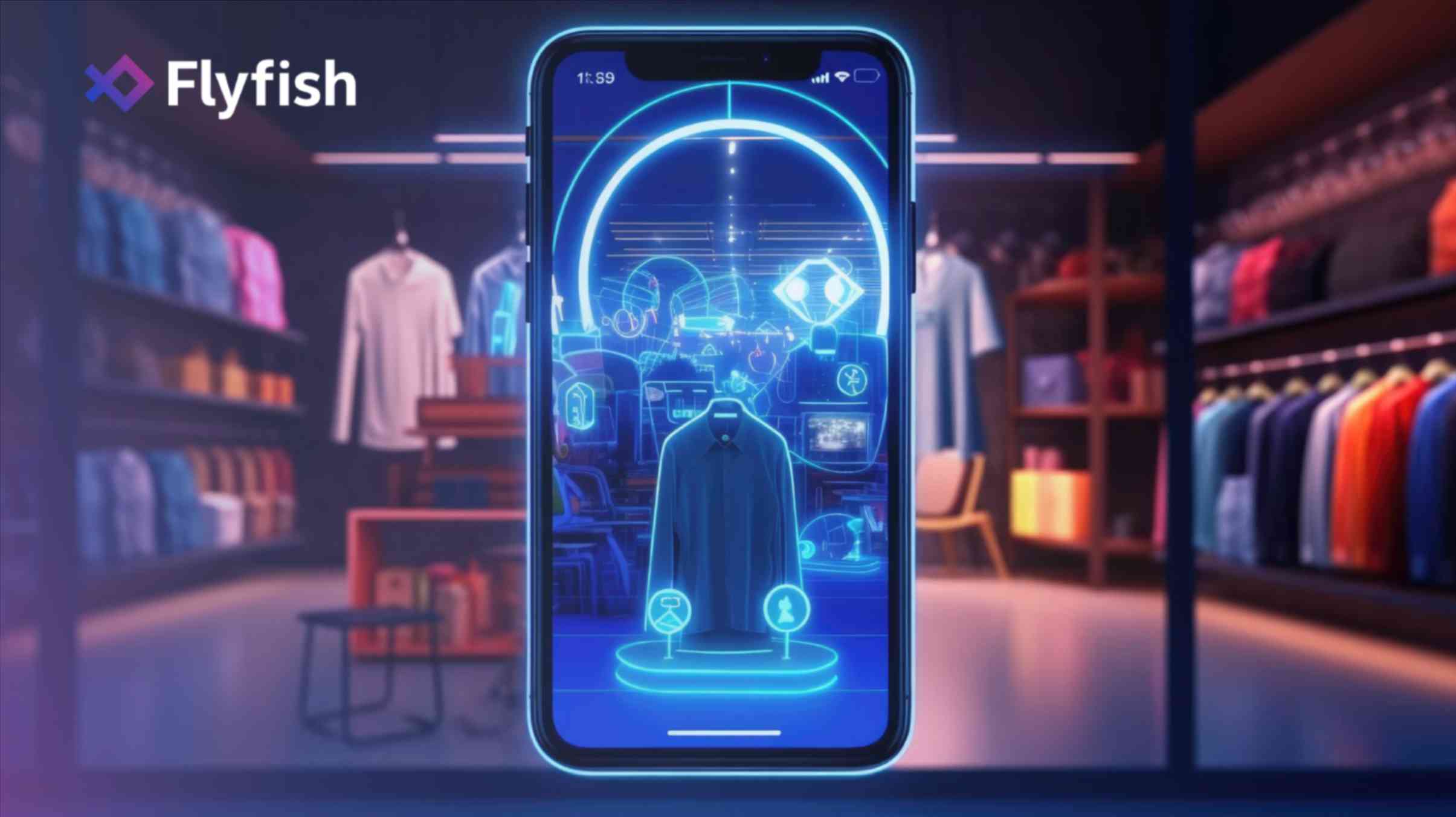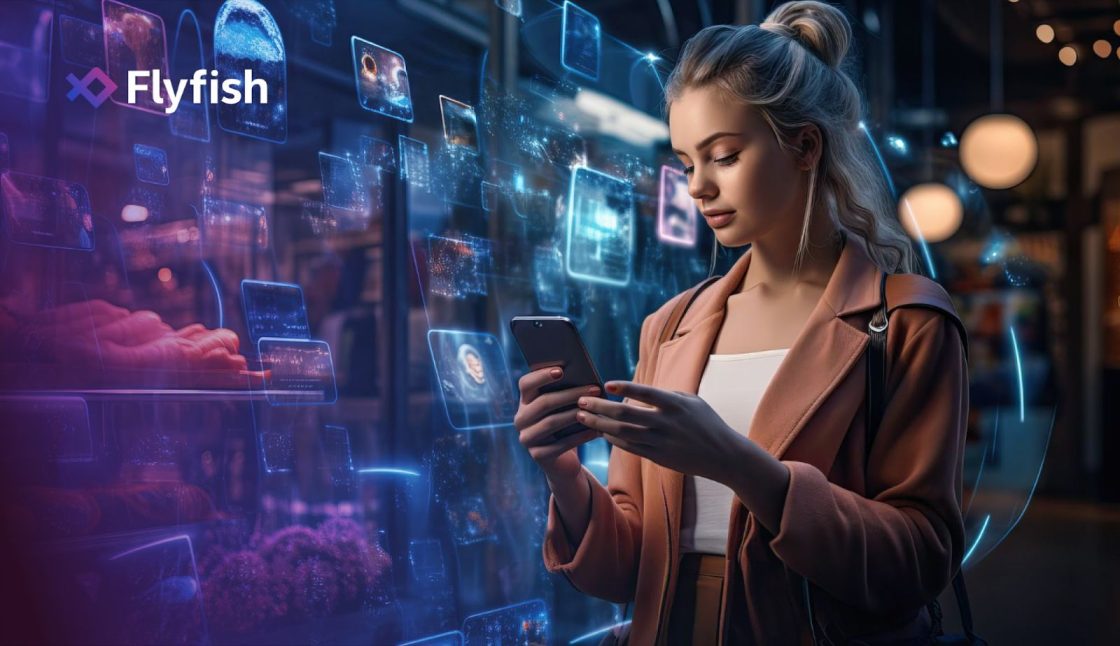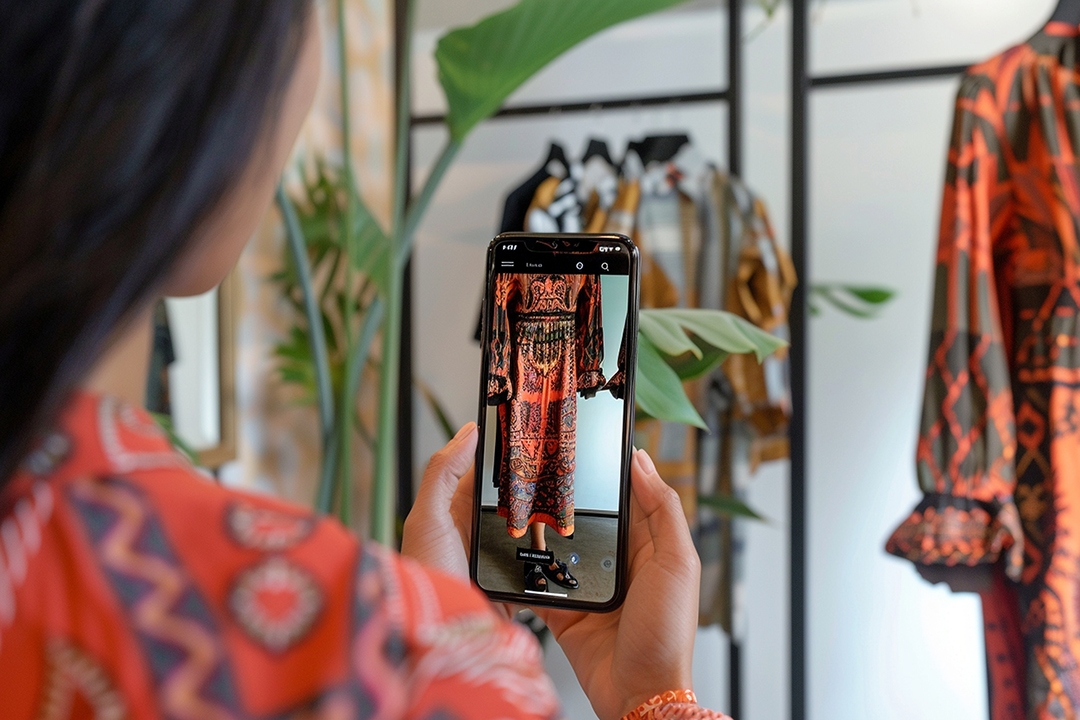
Visual search is transforming the way we shop online. Imagine snapping a photo of a product and finding exactly what you’re looking for without typing a single word. This breakthrough technology is making our shopping experiences more intuitive and enjoyable.
At its core, visual search in e-commerce is about seamless product discovery. Fashion, jewelry, and furniture brands, in particular, are leading the charge, and it’s not just about convenience. Visual search is significantly boosting conversion rates and customer satisfaction.
The Impact of Visual Search for E-commerce Brands
Improved Product Discovery
Visual search transforms how customers find products, bridging the gap between inspiration and purchase. By allowing users to search using images rather than keywords, finding the exact product becomes effortless. This is especially beneficial for fashion, jewelry, and furniture brands.
Imagine seeing a stylish outfit on social media. With visual search, you can upload that image and instantly find similar items. This seamless process not only saves time but also increases the likelihood of a purchase.
Enhanced User Experience
User experience in e-commerce is crucial, and visual search enhances it by streamlining the shopping journey. Traditional text-based searches can be frustrating, especially when you can’t quite describe what you’re looking for. Visual search eliminates this friction, allowing you to show exactly what you want.
Stats speak for themselves:
Visual search addresses this pain point, providing a more satisfying shopping experience. It’s like having a personal shopping assistant who understands your style at a glance.
Increased Conversion Rates
The potential for increased conversion rates is a compelling benefit for e-commerce brands. When customers can easily find what they’re looking for, they’re more likely to make a purchase. Visual search helps find exact matches and suggests similar items, encouraging customers to explore more.
Visual search also creates upselling and cross-selling opportunities. For instance, if you search for a particular style of shoes, the platform can recommend complementary accessories or outfits, increasing the average order value.
The impact on conversion rates is impressive. Some businesses report a 4.7% boost in conversion rates after implementing visual search technology. Additionally, customers using visual search bring in 2.6 times more revenue per shopper compared to those who don’t.
Are we ready to tap into this potential? By embracing visual search, we’re not just keeping up with trends; we’re providing a superior shopping experience that can significantly boost our bottom line.
The Rise of Visual Search in Online Shopping
Evolution of E-commerce Search
E-commerce search has evolved from basic keyword searches to sophisticated semantic search engines that understand the meaning behind queries. Now, we’re entering an era of AI-driven search, where machine learning revolutionizes query processing, retrieval, and ranking.
Large language models like GPT have made AI more prevalent in search, helping process natural language text more effectively. But the real game-changer is visual search technology, which allows us to search for products using visual cues rather than text, bridging the gap between inspiration and purchase.
Growing Popularity Among Younger Consumers
Visual search is gaining traction, especially among younger shoppers. 30% of US adults aged 34 and younger had used visual search for shopping as of August, with 12% using it regularly. These numbers are up from just a year ago when 24% of adults under 35 had shopped with visual search.
The appeal of visual search to younger consumers is undeniable.

In fact, 62% of these young shoppers prefer visual search technologies over any other shopping feature.
Market Projections for Visual Search
The future looks bright for visual search in e-commerce. The rapid adoption of visual search engines in the e-commerce industry is driving unprecedented market growth. North America currently holds a prominent share in the global visual search market, with the USA and Canada leading the way.
Exciting developments are also happening in other regions. The Asia-Pacific market is projected to achieve the highest compound annual growth rate (CAGR) in the coming years, driven by increased adoption of visual search solutions for e-commerce applications and rising smartphone and internet penetration.
As e-commerce brands, we need to pay attention to these trends. The rise of visual search presents a significant opportunity to enhance our customers’ shopping experience and stay ahead in an increasingly competitive market.
How Visual Search is Transforming Product Discovery
From Text-Based to Image-Based Searches
Product discovery has evolved from basic, text-based searches to a more intuitive approach that aligns with how we naturally process visual information. We don’t think about images in words; we see things we want, save pictures, and recall images with clarity.
This shift to image-based searches addresses the limitations of text-based queries. Remember struggling to find that perfect pair of shoes you saw in a movie or magazine? Now, with visual search, you can snap a photo and use the image itself to find exactly what you’re looking for.

This preference for visual content is reshaping product discovery in e-commerce.
Bridging the Gap Between Offline and Online Shopping
Visual search is breaking down barriers between offline inspiration and online purchases. Imagine seeing a stylish outfit on the street or in a magazine. With visual search, you can instantly find similar items in an online catalog, creating a seamless connection between real-world inspiration and product offerings.
This technology is particularly transformative for fashion, jewelry, and furniture brands. Shoppers can simply upload an image and find the product (or similar items) for sale online, making the shopping experience more organic and intuitive.
Personalized Product Recommendations
Visual search isn’t just about finding exact matches; it enhances the entire product discovery process. By leveraging AI and machine learning, we can provide personalized product recommendations based on visual cues.
When you perform a visual search, the system can suggest products that are stylistically or thematically related to your shopping intent. This level of personalization goes beyond traditional text-based searches, tapping into preferences and style in a more nuanced way.
Studies show that visual search leads to checkout twice as quickly as text-based search. By collapsing the steps between inspiration and product discovery, we’re significantly decreasing purchase failures and creating a more seamless shopper journey.
As e-commerce brands, we need to ask ourselves: Are we ready to embrace this visual revolution? By implementing visual search, we’re not just keeping up with trends; we’re providing a superior shopping experience that can significantly boost our bottom line.
Overcoming Challenges in Visual Search Implementation
Handling Diverse Product Catalogs
Managing and optimizing diverse product catalogs for visual search is a primary challenge. Our product inventories often span multiple categories, each with unique attributes and visual characteristics. To address this, we need to develop a unique brand aesthetic that stands out, especially if we’re using stock images for our product pages.
Ensuring Search Accuracy and Relevance
Accuracy and relevance are crucial for the success of visual search implementation. We need to ensure that our visual search engine can accurately interpret and match images to provide relevant results to our customers.
Scalability and Performance Optimization
As our product catalog grows and visual search technology evolves, we need to ensure our system can scale effectively while maintaining optimal performance.
By implementing strategies for handling diverse product catalogs, ensuring search accuracy, and optimizing scalability and performance, we can create a robust visual search system that delivers accurate results and scales with our growing business. The future of product discoverability lies in our ability to effectively merge visual content with search technology, creating seamless and intuitive shopping experiences for our customers.
Visual Search and the Future of E-commerce
Integration with Augmented Reality
Visual search is becoming an integral part of augmented reality (AR) experiences, blending the digital and physical worlds in exciting ways. By combining visual search with AR technology, we can allow customers to point their devices at real-world objects to gather information, shop, or access interactive content. This integration enhances the user experience, making product discovery more intuitive and engaging.
For example, in the fashion industry, we can leverage this technology to let customers virtually try on clothes or accessories before making a purchase. In the furniture sector, users can visualize how a piece of furniture would look in their home before buying it, improving the shopping experience and reducing return rates.
Voice and Visual Search Synergy
The future of e-commerce lies in the synergy between voice and visual search. As voice-activated devices become ubiquitous, we’re seeing a shift towards vocal commands for online activities. This evolution demands a new approach to SEO, where keywords are evolving into key phrases or questions that mirror natural speech patterns.
To stay ahead, we need to optimize our content for both visual and voice search by using conversational language in product descriptions, answering direct questions that potential customers might ask, and utilizing structured data to help search engines understand the context of our content.
Predictive Visual Search Capabilities
As AI and machine learning technologies advance, we’re moving towards predictive visual search capabilities. This means our visual search systems will not only identify products but also anticipate customer needs and preferences based on their search history and behavior.
For instance, if you frequently search for bohemian-style furniture, the system could suggest similar items when you upload an image of a modern piece. This level of personalization can significantly enhance the shopping experience and increase conversion rates.
Are we ready to harness the full potential of visual search? By embracing these advancements, we’re not just keeping up with trends; we’re shaping the future of e-commerce.
Conclusion
Visual search is revolutionizing e-commerce, offering significant benefits for brands and shoppers alike. It enhances product discovery, user experience, and conversion rates, making shopping more intuitive and enjoyable. As consumer behavior shifts towards visual content, brands that embrace this technology are positioning themselves for success.
To stay ahead, e-commerce brands need to optimize their platforms for visual search. By doing so, they can enhance customer engagement, increase average order values, and drive business growth. If you’re looking to enable Visual AI search and tap into these benefits, reach out to https://www.flyfish.ai/get-started/ to get started. The future of e-commerce is visual, and the time to act is now.








